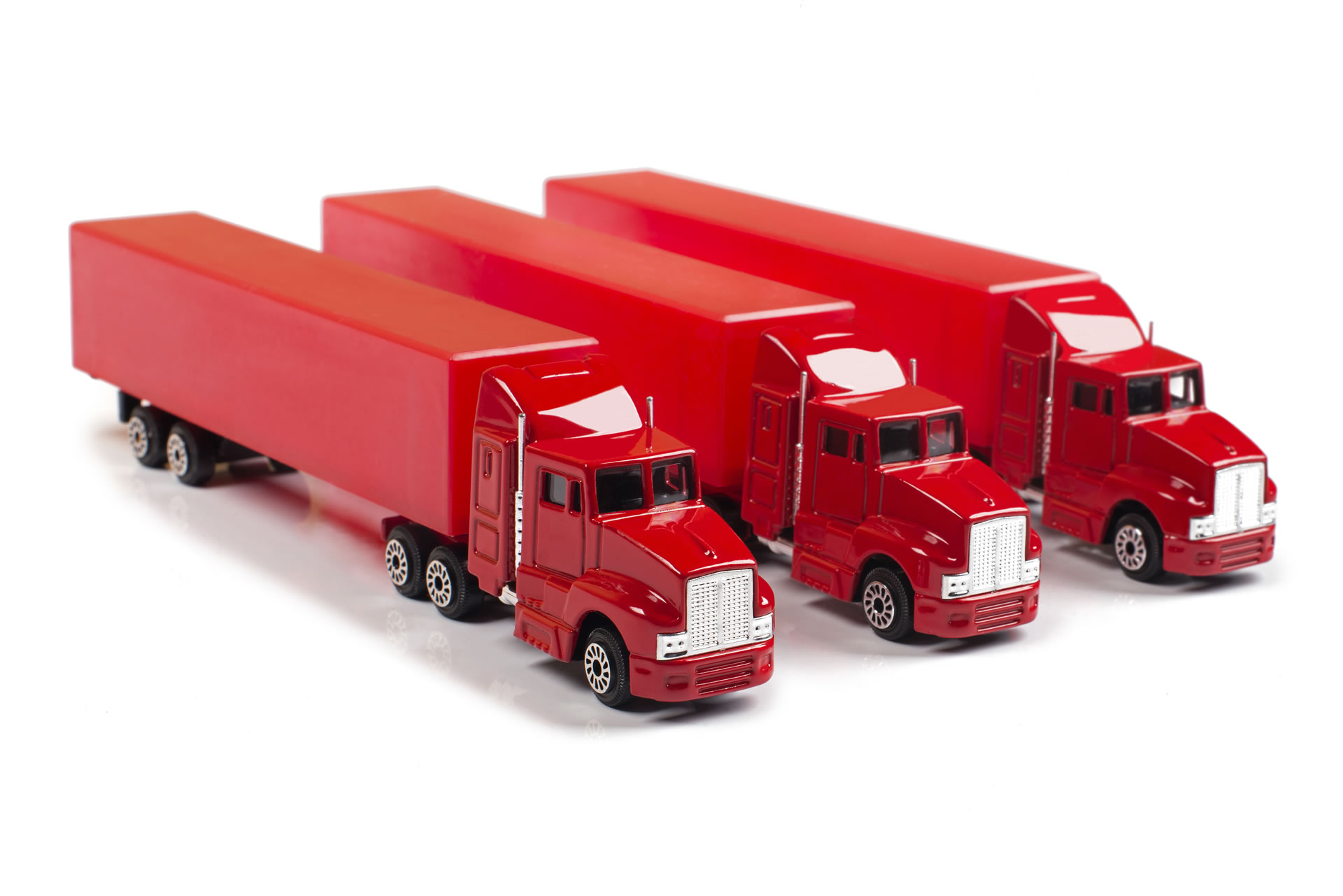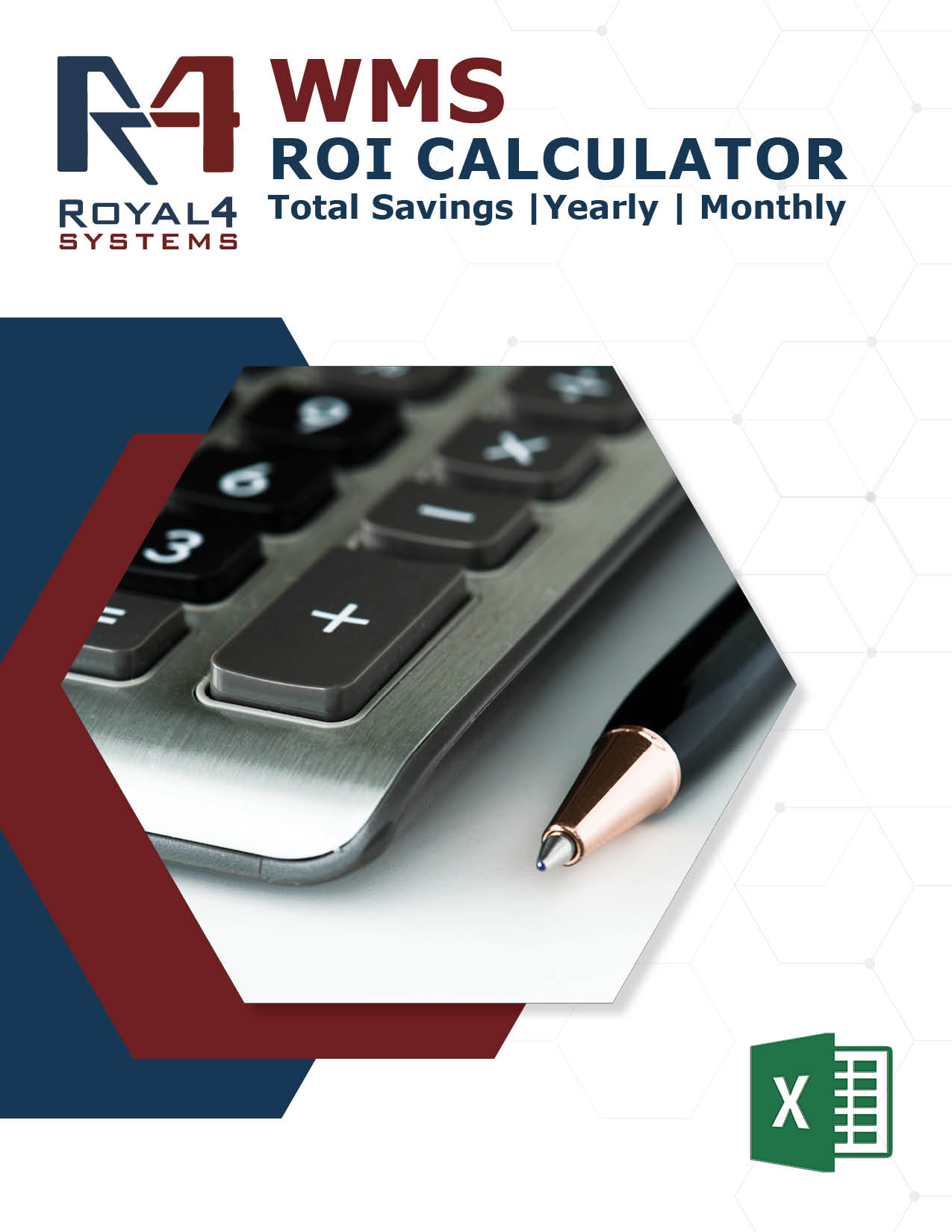
Fundamentally, yard management is how your business sends workers, cargo, pallets, cars, trucks, and everything else moving in the yard to your ports. Effective yard management is essential to maintaining the correct incoming and departing freight ratio. Radios and clipboards, in other words, won’t do, according to Inbound Logistics. Instead, you must know how to choose the best yard management system for your business.
The value of the logistics sector is $1 trillion. Thanks to modern technology that allows for lean, more intelligent operations and better visibility, your warehouses may turn into profit machines. Automated warehouse management systems (WMS) may increase order accuracy, speed, and timeliness while reducing your monthly labor needs by hundreds of hours. Systems for managing yards (YMS) are sometimes combined with systems for managing transportation and warehouses. Through the use of drag-and-drop technology, yard management systems make it easier for spotters and managers to remove bottlenecks and demurrage fees. The use of a yard management system in the supply chain has the following advantages:
What is yard management?
Assets, including shipments, personnel, cars, trailers, and other things, are planned for, coordinated, and directed inside a facility’s dock and yard.
Numerous businesses have looked at their yard operations in search of opportunities to increase efficiency due to recent supply chain volatility and the complexity of yard management issues. In this circumstance, a Yard Administration System (YMS), vital yard management and optimization instrument, might be useful.
What is a yard management system?
Yard management systems are primarily designed to facilitate and regulate the movement of trucks, trailers, pallets, workers, warehouses, and the yard to properly load and unload arriving and existing commodities. Due to the substantially quicker turnaround times required by contemporary supply chains, operational efficiency is more important than ever.
Thanks to yard management systems, yard operations need to be more visible and better managed. By doing this, you may boost the movement of commodities into and out of the country while reducing costs and meeting escalating client needs.
Giving warehouse operations real-time information on yard activities and the positions of trucks, trolleys, and other equipment inside the yard and on the warehouse floor would improve yard management. A system like this will make it easy to find pallets and other objects in the yard, making things go more smoothly overall.
What are the biggest challenges in yard management?
The management of a yard is a challenging task. Various difficulties keep impeding the operations. We’ll examine the typical challenges in yard management:
1. Operating Expenses
Operational expenditures are a crucial factor that causes yard management problems. Manual check-in and check-out processes, a lack of real-time information, and poor communication between parties might contribute to more extended periods of detention at a yard. Losses in time and energy result from it. Manual processes may waste gasoline as a result of idling automobiles. Ultimately, it impacts customer happiness, operating costs, and shipping costs. With yard management software, you can automate processes, keep track of everything in real-time, and schedule deliveries.
2. Expensive Overtime Labor
Accurate labor planning is a challenging goal to reach. Labor schedules are frequently produced manually, with no regard for data supporting labor-planning choices. This problem comes at a hefty cost in terms of overtime expenditure, but it may also result in the loss of highly competent staff. Adopting a YMS that prioritizes specific yard activities’ improvement – and even automation – can improve an organization’s labor planning efficiency.

What are the most significant benefits of yard management systems?
1. Improve planning application
Yard management systems connect warehouse and transportation management systems. YMS extends the planning capabilities of these systems by providing execution visibility.
Trailer arrivals, whereabouts, and departures may all be tracked in centralized (or dispersed) yards. Trailer contents and statuses can also be tracked, such as movements, inspections, and seal changes. This status information aids you in developing more effective parking assignment methods.
2. Facilitate collaboration with carriers
Progressive shippers consider visitor carriers to be clients. Some even allow carriers to access their YMS to obtain real-time shipment notifications. Yard automation lowers demurrage costs, reduces driver detention fees, and boosts throughput.
Other fulfillment’s final step can make or break client satisfaction. A well-managed yard ensures that the appropriate items are delivered to the appropriate consumer at the proper time. Better technology means more efficiency in your transportation and logistics operations.
3. Provide Real-Time Visibility
Yard Management System software displays asset locations and operating conditions in real-time.
By monitoring visit cycle delays, the system helps you speed up processes, such as immediately identifying available trailers for outgoing shipments. YMS provides real-time information on trailer placements in the yard and enables personnel to move trailers around staging and docks efficiently.
The use of advanced yard management systems has decreased the amount of time that firms spend on daily paper and pen checks. In addition to verifying, they had to compare the checklist to prior inspections to assess the movement of things.
4. Make your supply chain secure and systematic.
The best yard management software on the market increases safety by removing the need for staff to wander around the yard doing manual checks.
The YMS consistently captures the entry and exit of every trailer, vehicle, and driver. The technology also ensures that the seals are tested, and any damage is documented along with the shipment data.
For security and loss protection, YMS automatically records trailer movements and keeps an audit trail. Documenting the history of each truck and trailer allows for effective incident monitoring, report production, and the calculation of differentials depending on the check-in and check-out status. It also adds to continuous data collection to improve planning operations and uses trailer aging information to guarantee that unloading chores are accomplished.
5. Improve operational efficiency
Yard management systems decrease bottleneck scenarios such as yard congestion, the exit queue, and throughput. These devices also improve spotter move times and allow shuttle drivers to digitally receive and confirm move requests. Compared to the traditional techniques, which required radio transmission, pen, and paper, this makes the procedure far more methodical.
Request a Consultation
Need more information?
Solutions






![image001[25]](https://www.royal4.com/wp-content/uploads/2023/11/image00125.png)